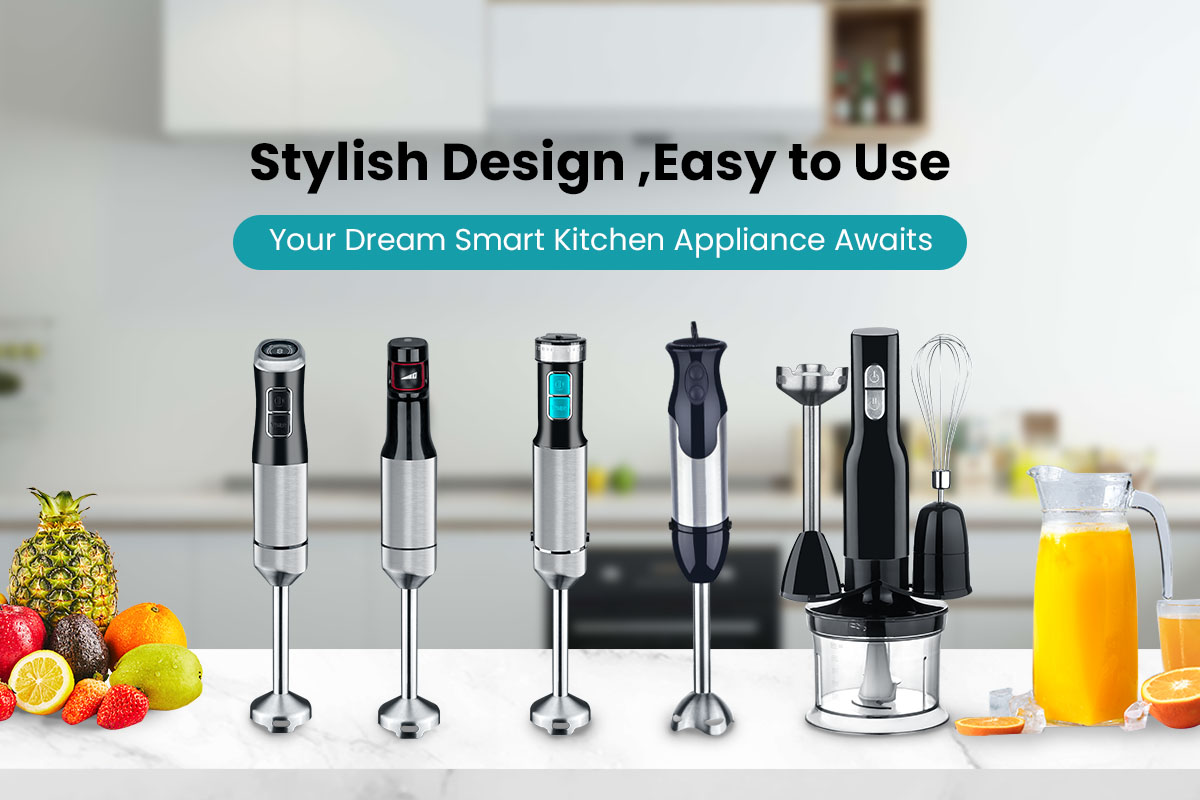How to Clean Your Table Blender: A Step-by-Step Guide
Proper maintenance and cleaning of an appliance increase its lifespan and efficacy, and this is crucial seeing as it will likely be used in a commercial setting. For the blender, when there is a difference J in the cleanliness and disassembling it regularly, the results may not be the same even if the id J has been cleaned previously. Clear below is the systematic way of washing a Table Blender J most efficiently.
Step 1: Disassemble the Blender
It is important to turn off the blender and unplug it to remove the risk of accidents before the washing process begins. The first step is to take the blender apart completely. The initial step is to detach the blending jar from the base and the blade assembly if this can be done. Some blenders have blades that can be removed and others don’t which complicates the process. Always verify if there are care instructions by the manufacturer regarding the certain parts that should not be jostled.
Step 2: Rinse Immediately After Use
Over time with the cleaning of the blender there may be cemented remnants of food particles that remain on the blender components. One of the best practices that should be undertaken is to submerge splattered components within warm or hot water just as soon as they have been liberated from the blender. When it comes to cleaning blenders, this practice is extremely important because no one wants crusty food bits to remain on the parts for too long. a cloth or sponge should be used to wipe foreign particles on blades.
Step 3: Take Steps to Give the Blender a Deep Cleaning
For the deep clean, fill the blender jar with warm water halfway and pour a few drops of mild dish soap. Never forget to secure the lid before using the blender and pulse the blender for 20 seconds. This method works by cleaning tough stains left on the surface of the blades while at the same time sterilizing the insides of the blender. After a minute of pulsing, pour out the contents of the jar and use clean water to rinse it until all the soap is gone.
If there are still stains or smells that just won't go away, try to mix baking soda and water, or even better, use a pre-packaged cleaner specifically meant for blenders. The mixture should first be applied to the blades and the jar then it should be left for a few minutes before rinsing it off. Abrasive detergents and scouring pads, on the other hand, should always be avoided since they can harm the blender's surface.
Step 4: Leave Only the Blender Parts that can be Reassembled into the Blender
When the blender parts have already been cleaned, you may use a towel to wipe down the parts or leave them untouched until they are quite dry. This will ensure that no part of the blender has any form of moisture since this would foster both mold and bacterial growth. Meanwhile, for the blender's base, there is no need to disassemble it further. Just wipe the base with a wet towel but do not allow any water to reach the motor section.
Step 5: Maintenance Schedule and Cleaning Procedures
Your table blender should always be maintained in excellent working conditions; thus a cleaning schedule should be prepared depending on how often the equipment is used. For extreme cases where use volume is enormous, daily cleaning would be the most appropriate but sustained weekly deep cleaning will also go a long way in ensuring that the appliance is in good working condition and hygienic. It is also advisable to check the sharpness of the blades and the tightness of the parts of the blender regularly as such practices will serve to easily enhance the longevity of the machine.
Conclusion
Cleaning your table blender should not be regarded as an activity but rather as part of the processes that are important in the table blender’s operations, hygiene, and even life expectancy. With the help of these measures which are not extremely complex, you will be able to keep the blender operational areas clean and working in ideal conditions necessary for consistent high production levels from a commercial kitchen. Proper maintenance practices not only affect the working life of the appliances but also the maintenance of hygienic standards which are critical in any type of food business.





